In the News
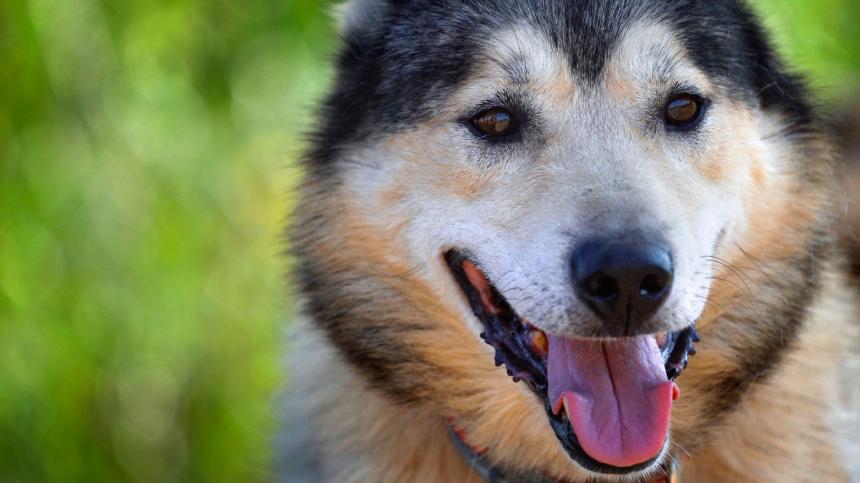
February 08, 2024
While the coronavirus pandemic reinvigorated the spotlight on One Health, the focus has generally been on wildlife and livestock. A study by Cornell researchers show that companion animals or peri-domestic wildlife can act as notable reservoirs for pathogens that may affect human health as well.

January 30, 2024
A transformational gift from philanthropist and Cornell alumna K. Lisa Yang ’74 will endow and rename the Cornell Wildlife Health Center as the Cornell K. Lisa Yang Center for Wildlife Health at the College of Veterinary Medicine.
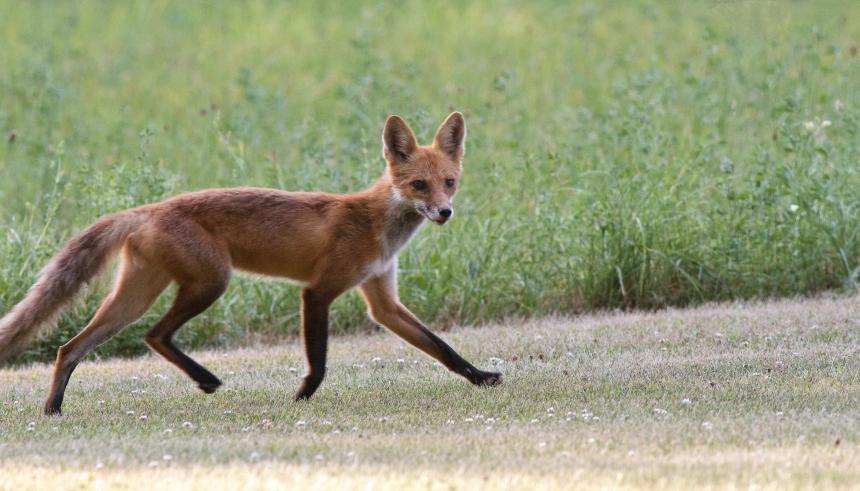
January 08, 2024
Cornell researchers have discovered coronaviruses in wild carnivores that had never been reported in these species before.

January 02, 2024
Cats occupy a distinct position in the ecological networks of companion animals, humans and peri-domestic species – wild and feral animals living near human habitations – according to a recent review article by a team of Cornell researchers.
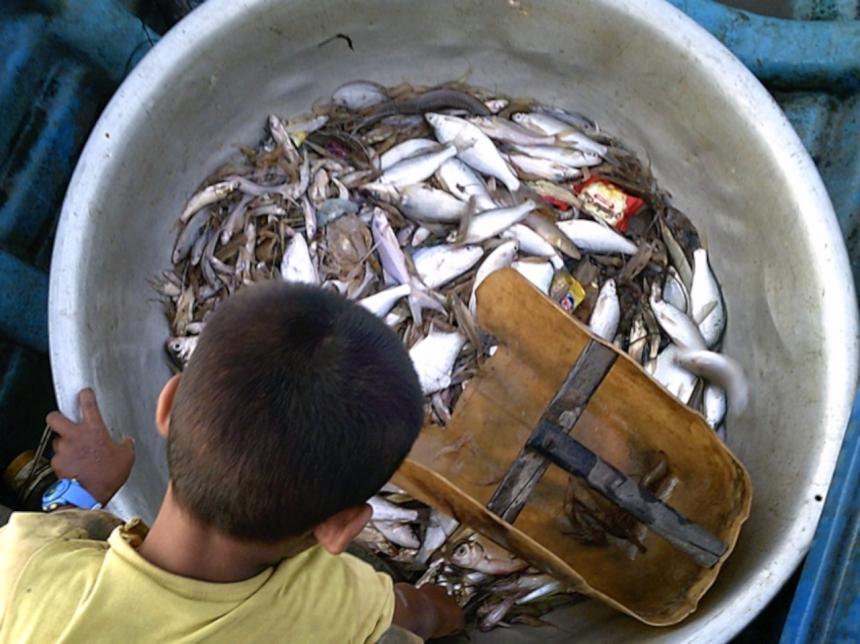
December 28, 2023
A recent study led by Cornell researchers reveals how environmental changes such as climate change, land use change, and dams on the Mekong River threaten the future of local communities that depend on these ecosystems for their livelihoods and food security.
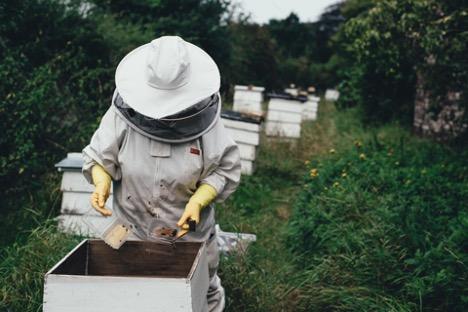
For Your Information
November 27, 2023
This study led by Cornell researchers provides an overview of important toxicants to which honey bees are exposed; behavioral, husbandry, and external environmental factors influencing exposure; impacts of toxicant exposure on individual bee and colony health; and the convergent impacts of stress, nutrition, infectious disease, and toxicant exposures on colony health.
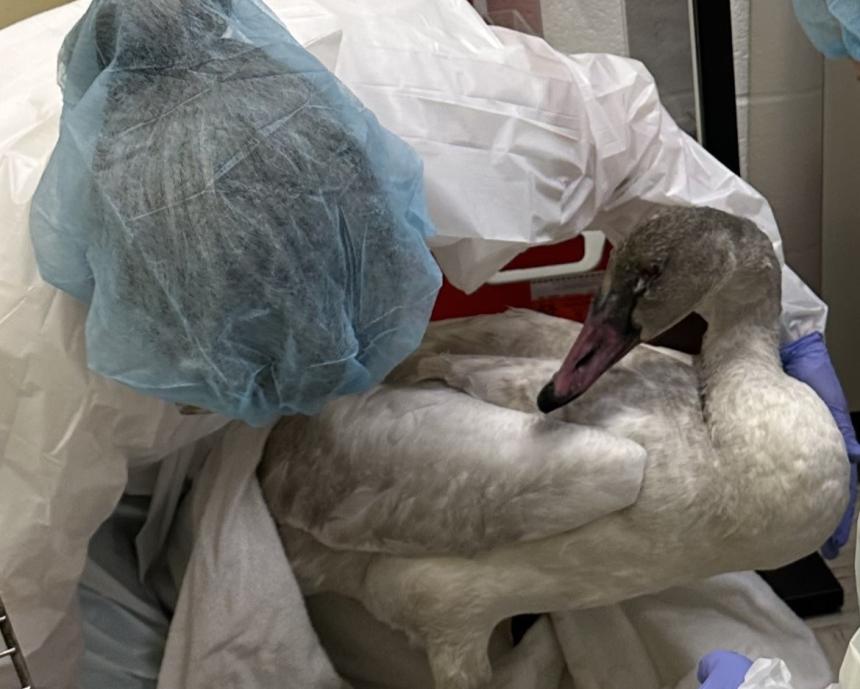
November 17, 2023
While avian influenza has affected multiple bird populations and a range of mammal species across the world, the Cornell Janet L. Swanson Wildlife Hospital has optimized its use of clinical medicine, practical precautions, and collaboration to effectively manage the risk of disease transmission among birds in the hospital, and from birds to mammals, including humans.
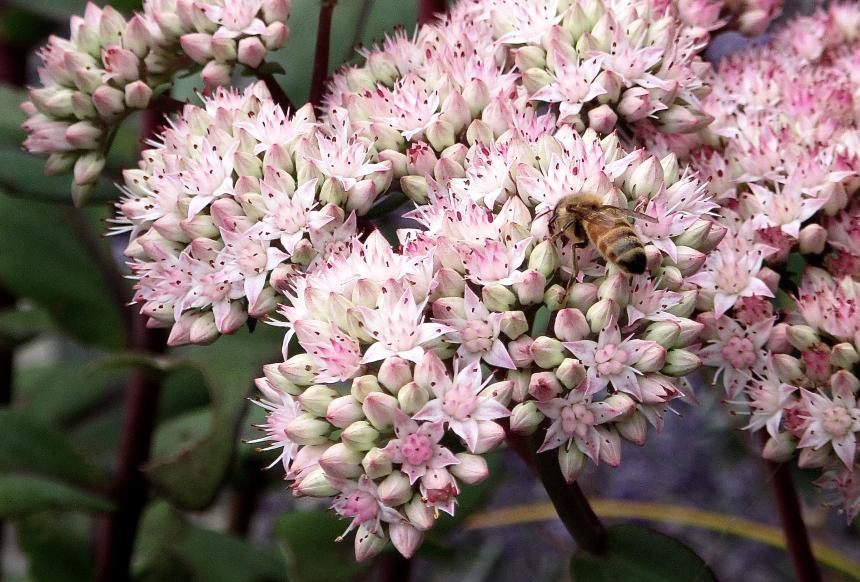
November 15, 2023
Led by Cornell's Dr. Karyn Bischoff, an analysis of beeswax in managed honeybee hives in New York finds a wide variety of insecticide, herbicide and fungicide residues, exposing current and future generations of bees to long-term toxicity.
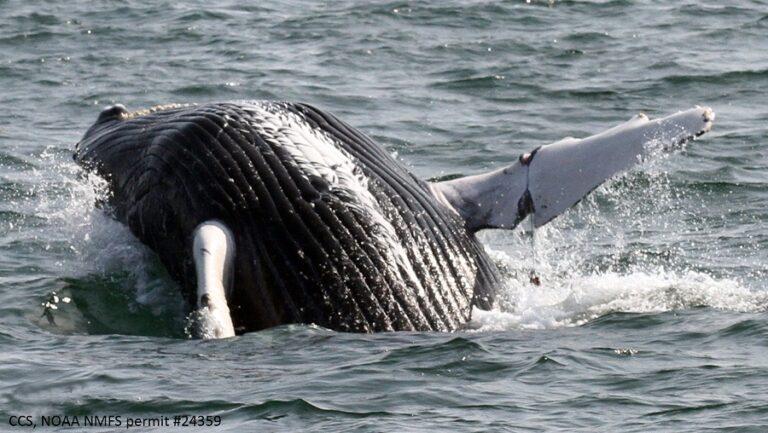
November 08, 2023
For my last summer before clinical rotations, I wanted to gain experience with marine animals. I was accepted as an intern with the International Fund for Animal Welfare (IFAW) Marine Mammal Rescue & Research (MMRR) program in Cape Cod, Massachusetts, a unique geographical area where tides and coastlines can suddenly trap a dolphin or whale in inches of water....

November 04, 2023
Flu viruses and coronavirus started the last few pandemics. Could the next one be a paramyxovirus? Cornell's Dr. Raina Plowright weighs in on the risks.
